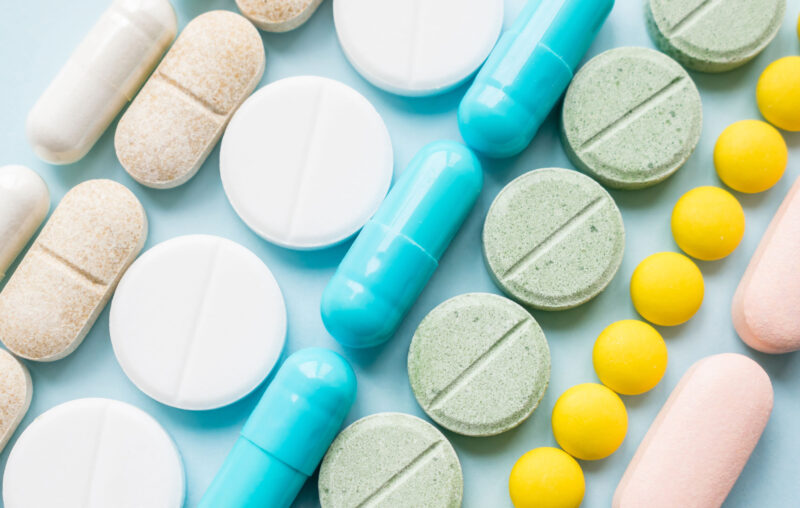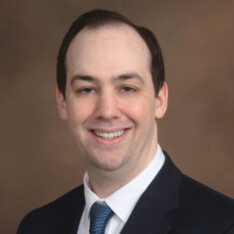How Drug Makers Have Obliterated the Free Market

Senator Bernie Sanders isn’t right about much, but he is about one thing: The United States pays too much for prescription drugs. In fact, as the Senator recently pointed out, Americans often spend two to four times more for their prescriptions than any other country in the developed world, and sometimes pay as much as ten times more.
The international comparisons aren’t entirely fair, as some countries impose price controls but aren’t punished with the level of innovation loss that would be expected in consequence (thanks to their ability to free ride on high spending in the U.S. market). That said, there are also many bad US government policies putting upward pressure on domestic drug prices.
Credit rating agency Fitch Ratings recently released a report affirming that, due to bad policy, the drug price problem is poised to get worse. The agency forecasted that insurers will soon need to “incorporate…rising pressures into their cost projections when establishing premium pricing in the coming years,” which will increase Americans’ premiums and almost certainly lead to a new round of political handwringing on the affordability of health coverage.
Some members of Congress are pointing fingers at inflation for the dramatic cost increases imposed by drug manufacturers. That’s certainly part of it, but with Health and Human Services finding that over 1,200 of the drug price increases from July 2021-2022 exceeded the inflation rate, it certainly doesn’t explain all of it. The problem runs much deeper.
The fundamental issue is that there is no free market in the drug industry. It’s been steadily eroded by regulators and lawmakers, often at the behest and to the benefit of drug manufacturers, resulting in their ability to charge prices well over what a competitive market would allow.
We’re seeing this today with members of Congress pushing to increase regulation of Pharmacy Benefit Managers (PBMs), the groups that insurers, governments, and unions use to secure bulk pricing discounts and negotiate down drug costs. Former leaders of the President’s Council of Economic Advisers, the Government Accountability Office, and the Congressional Budget Office have all produced or cited studies showing that PBMs save drug consumers considerable sums, which makes the congressional push all the more vexing.
Much of the blame for a lack of market competition can also be attributed to a U.S. patent system that is too easily gamed and exploited by drug companies.
Patents are intended to encourage innovation by ensuring an adequate return on product development and research expenses. This is achieved by suppressing competition for a time. Since competition is also an important tool for keeping prices down, the framework must be carefully balanced. When it comes to pharmaceuticals, the patent system is fundamentally out of whack.
As healthcare analyst Shawn Gremminger explains, “when their drugs’ patents and market-exclusivity periods expire, drug companies instead devote enormous energy to maintaining their monopolies through any number of anti-competitive schemes, including ‘patent thickets’ (holding dozens of patents on a single product, thereby deterring competition), ‘patent evergreening’ (making minor changes to formulations, delivery mechanisms, etc. to stave off competition), ‘product hopping’ (forcing patients to switch to ‘new’ formulations of older products with new patents before a generic manufacturer can introduce a competitor to the older product), and ‘pay for delay’ schemes (brand name drug makers paying generic manufacturers not to introduce a competing product).”
A report from the Initiative for Medicines, Access, and Knowledge (I-MAK) found that drug companies have 74 patents apiece on America’s ten best-selling drugs—receiving over half of them after FDA approval. This doesn’t seem like a system that has carefully balanced the competing goals of innovation and competition, but rather one that has fallen victim to regulatory capture and prioritizes the interests of drug manufacturers over consumers.
Consider the patent for Humira, an arthritis drug used by tens of thousands of Americans, that was set to expire in 2016. At the time it cost $50,000 per year, but after the manufacturer proceeded to take out 311 more patents and had over half of them granted, it inflated the drug’s cost to $80,000—a 60 percent increase.
The Constitution provides Congress power to enforce exclusivity to “promote the progress of science” for “limited times.” For the entire history of patent law, “limited times” has been 20 years or less. Unfortunately, regulatory agencies have allowed the clear legislative intent to limit patent terms to be gamed and exploited, turning a process meant to stimulate competition and market ingenuity into one that’s crushing both.
As the Republican-controlled House of Representatives investigates the cause of America’s high drug prices, we can only hope that lawmakers aren’t sidetracked by an industry-produced smoke screen intent on distracting from our broken regulatory and patent system.










